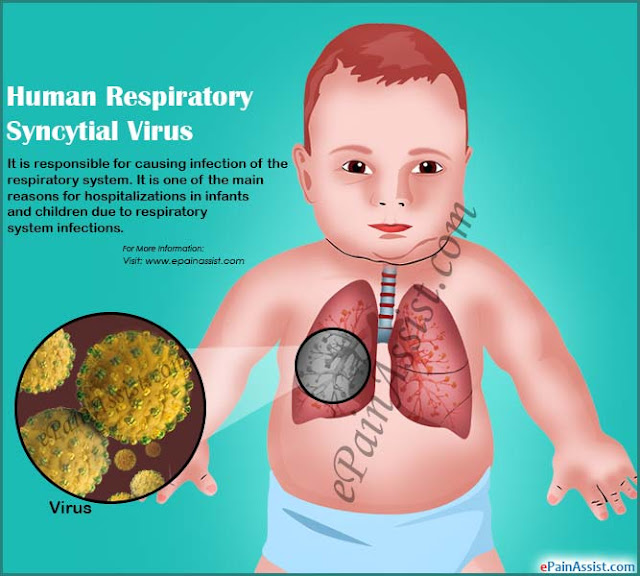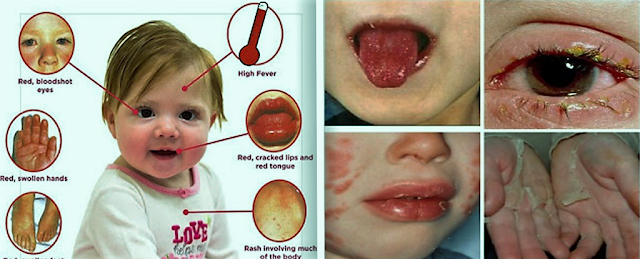Candida Albicans
Hompage: check out
Candida Albicans:
Candida albicans is a species of yeast — a single-celled fungus — that's a normal part of the microbes that live in your gastrointestinal tract.
Small amounts of the yeast also live in various warm, moist areas throughout the body, including the mouth, rectum, vagina, and parts of your skin.
Its numbers are naturally kept in check by the bacteria and other microorganisms that make up your microbiome, the community of microorganisms that inhabit your body.
However, different factors can throw off your microbial balance, tipping the scales in favor of C. albicans and allowing the fungus to grow out of control and cause a yeast infection called candidiasis.
Share your ideas
Signs of Candida Albicans Overgrowth
The symptoms of Candida overgrowth vary depending on the location and severity of the infection. An intestinal Candida infection is often associated with Candida infections elsewhere on the body. Symptoms can include:
- Fungal infections of the skin and nails, such as athlete’s foot, ringworm, and toenail fungus
- Constantly feeling low in energy or fatigued
- Fibromyalgia
- Digestive issues such as bloating, constipation, or diarrhea
- Autoimmune disease such as Hashimoto’s thyroiditis, rheumatoid arthritis, ulcerative colitis, lupus, psoriasis, scleroderma, or multiple sclerosis
- Poor memory or concentration, inability to focus
- Behavioral issues such as ADD, ADHD, and/or brain fog
- Skin conditions such as eczema, psoriasis, hives, and rashes





Comments
Post a Comment